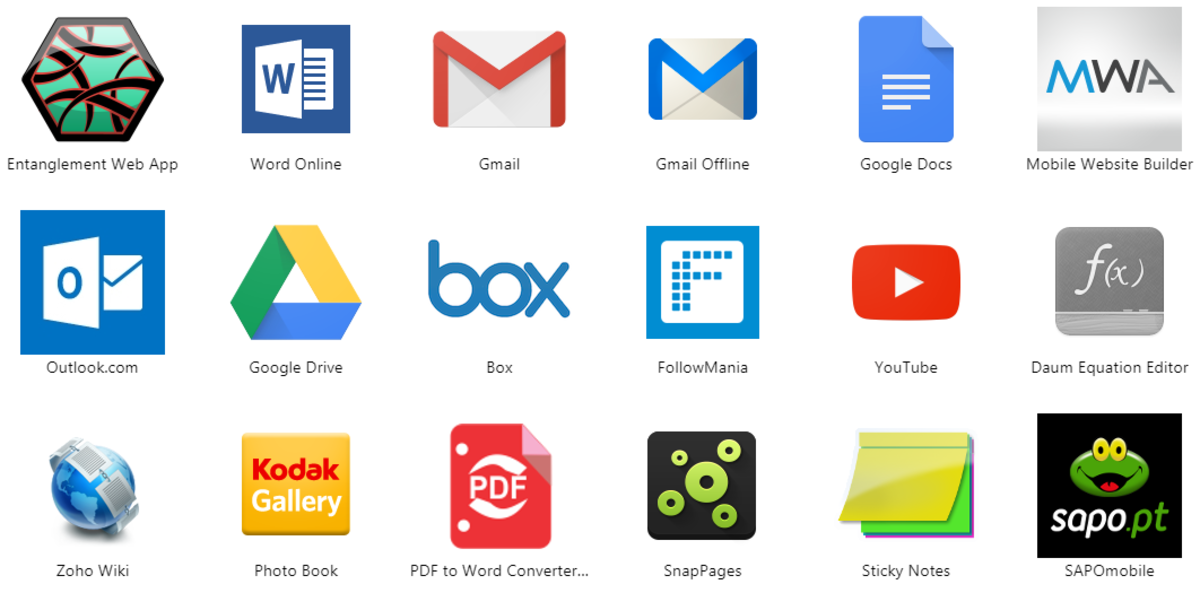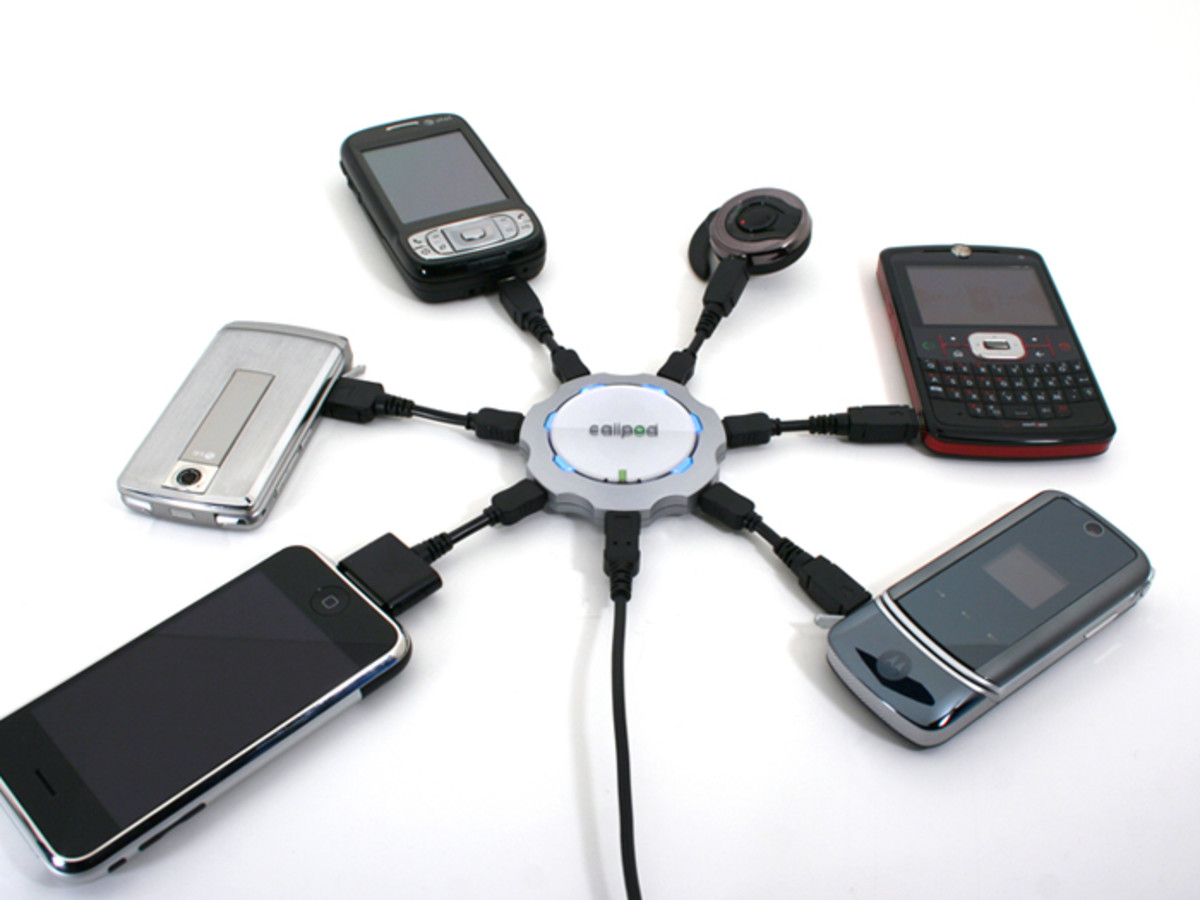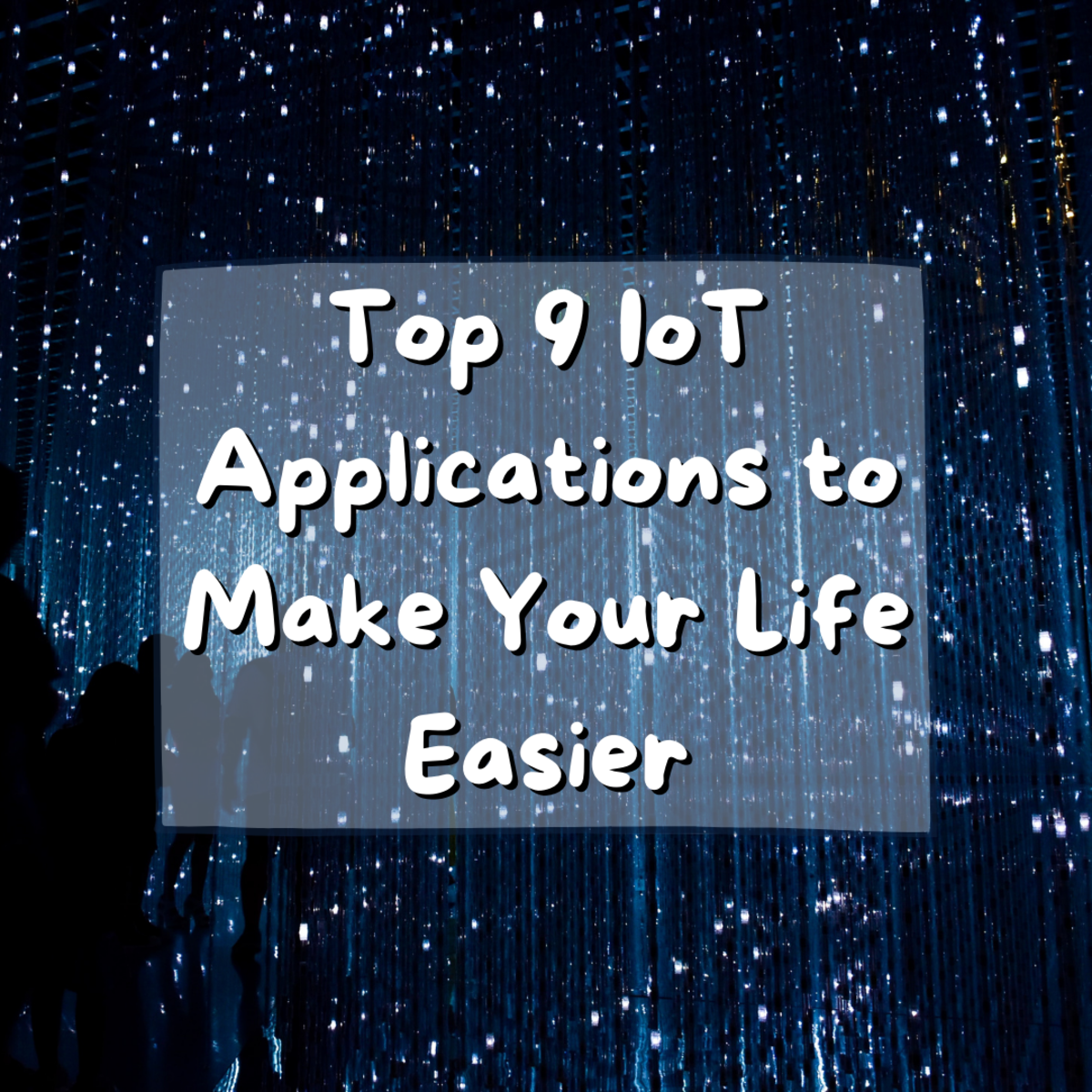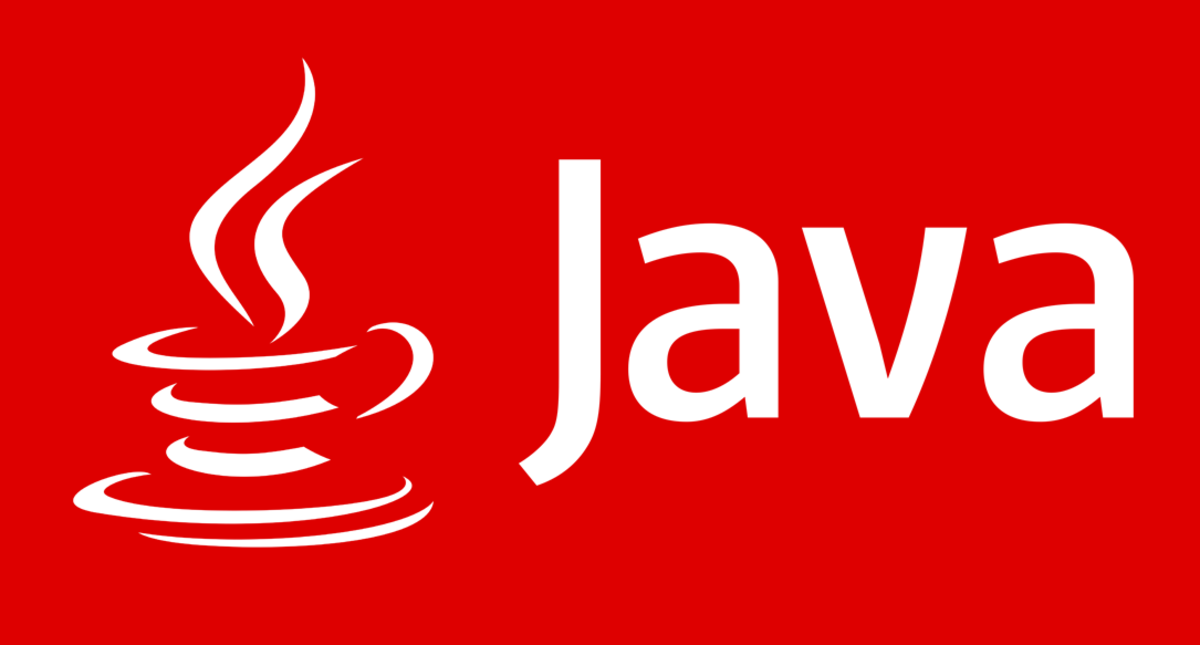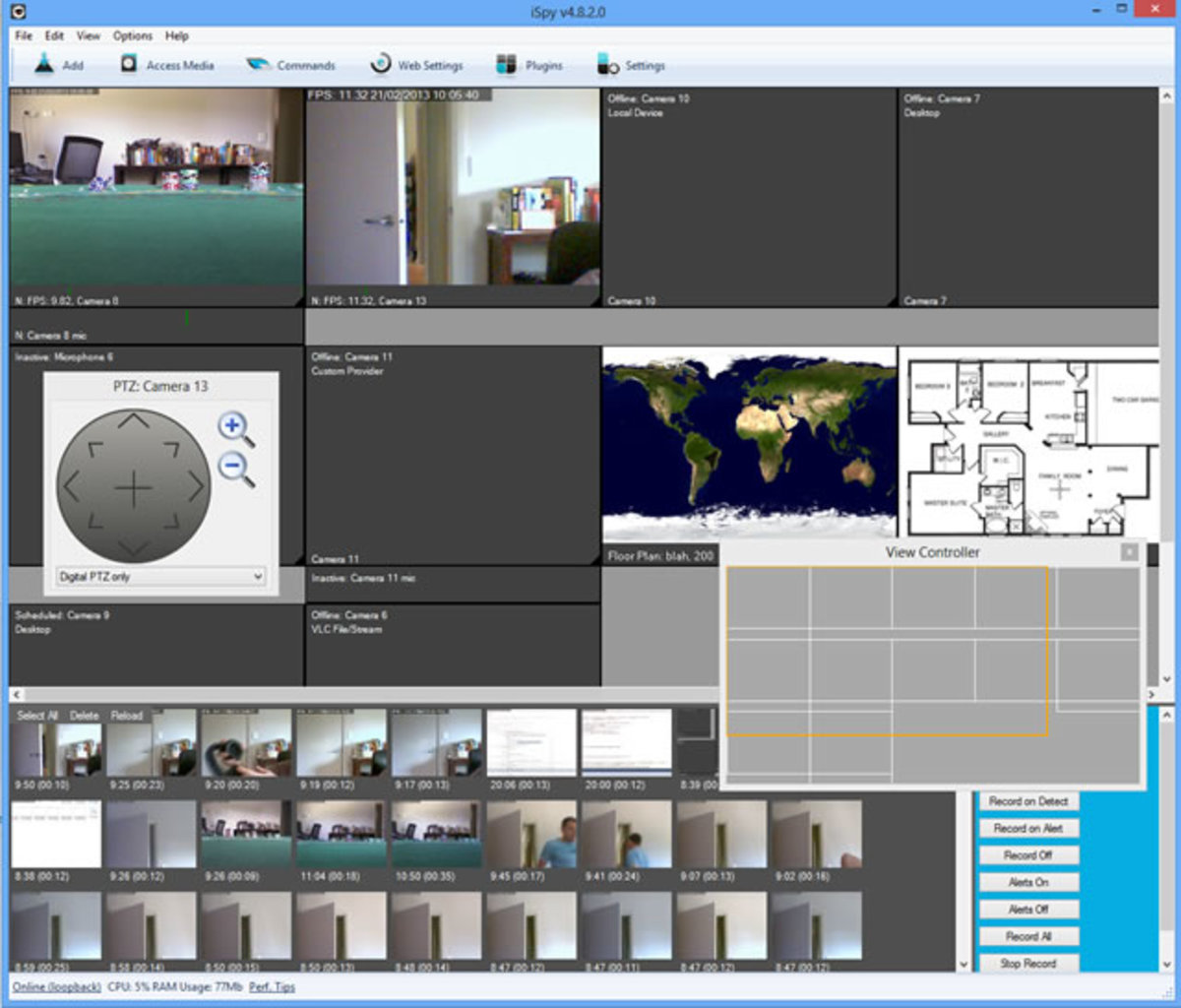- HubPages»
- Technology»
- Computers & Software»
- Computer Software
Some Mobile Applications For Beginners
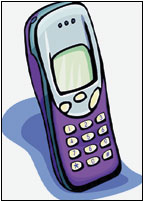
The world has truly shrunk with rapid advancement in communication technology.
With an ever increasing number of cellular phones that not even elders but kids carry today, a whole new world of information has opened up now. So let's take a look at how some free and useful mobile applications (which can be downloaded easily using GPRS) actually work on low-end lava enabled cell phones.
How mobile applications work?
Mobile phone applications are just like computer programs but for micro devices. What this essentially means is that the applications have much more constraints when it comes to display, interactivity, processing and bandwidth mainly due to memory and disk space. Another factor is the operating system. For low-end devices, it is vendor specific, for example, the Nokia OS. But at a greater price, one gets phones with Symbian OS, Palm OS plus mobile versions of Microsoft and Linux.
For now, any phone that is capable of running Java applications will suffice, for example, Nokia 6030. Mobile applications are developed on Java 2 Platform, Micro Edition, also known as J2ME. In simple terms, the Java run-time environment for these applications depends upon two technologies - the Mobile Information Device Profile (MIDP) and Connected Limited Device Configuration (CLDC). These components provide specification or framework to write and execute, that is, a runtime environment for Java applications.

How to get Java applications
If your phone is GPRS-enabled, log on to the internet and search for device-specific applications. Games and other fun stuff are easier to find as compared to useful applications. To save time, first browse using a PC and only then use the internet from mobile devices. Another way is to use a data cable to directly copy the programs on phone, thus, saving the GPRS bill.
Security is a major concern for end-users in mobile applications because viruses are common. So be careful not to download applications from entirely unknown sources or if the application looks shadowy. Although J2ME programs normally can't access all the data on cellphones, neither can they interfere much with signal reception or dialing related features, it is still advisable to be on guard.
Once an application has been downloaded, it may not always work due to the "null pointer exception" error or a mobile phone hang-up/restart.

How to configure GPRS
To download applications through the internet, GPRS connectivity is needed. This can be turned on by sending a standard request to the service provider. After the service is activated, one either receives settings from the service provider which can be applied by following on-screen instructions or, in case the automated message contains wrong settings preventing connection, a custom access point (AP) has to be defined.
If automatic settings fail, getting in touch with a user of the same service provider, or asking customer service the correct AP name can save time. If you are using GPRS for downloading applications, beware of the exact costing method used by your service provider. There could be per MB (billed per KB) charges, with or without activation charges and taxes or a monthly unlimited option, to name a few.

As prices of mobile phones have come down steadily. It is also a fact that even though there are many users of these and even better and high-end sets in active use, relatively few have shown interest towards getting online via GPRS for downloading applications, except for tech savvy professionals.
Often, the criteria to judge a cellphone is associated with polyphonic ringtones, MMS, MP3/MIDI, FM, hands-free and, last but not the least, a camera. At the most, GPRS is used for chatting and/or emailing. However, if you really want to take advantage of GPRS-enabled sets, perform a thorough search over the tnternet where user-forums are a good way to know first-hand experiences of users about different Java-enabled phones available.
In terms of quantitative analysis, check the shared memory size, memory heap size, option of expandable memory and most importantly, the max JAR file size allowed. For example, in a particular set, there could be significantly high total space say 4MB but heap size memory and max JAR file could only be a small fraction of it, say 500K and 150K respectively.

So coming back to the point, Opera Mini is one popular browser with a nice user interface and progress bar showing page download progress in k/b. Other features include multiple search fields (Yahoo! and Wikipedia by default) along with bookmarks and history links on the first page to save time and RSS support. However, what makes it stand out is the preprocessing of pages at a remote server before they fetch them over to mobile devices.
The next tool is a game, one of the most popular board games in the world but still not present by default in many of the mobile devices, that is, chess. Download it from cellufun and play either offline against AI or online with other players.

